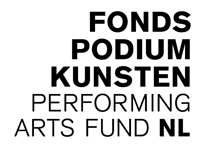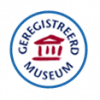
About us
Information about the collection, the historic property “Huis de Wildeman” and the Museum Geelvinck organisation
Museum background
The Geelvinck Music Museum in Zutphen was a continuation of the old Geelvinck Hinlopen House Museum in Amsterdam, and a variation on that museum. When it was on the Herengracht in Amsterdam, the 18th-century period rooms were the main attraction and the historic pianos from the Sweelinck Collection added a musical accent. Here in Zutphen we had turned that around: the emphasis in the Music Museum was on the instruments, and the two period rooms provided an enveloping atmosphere for this unique collection of historic pianos.
It was no sheer coincidence that the Music Museum found a home in Zutphen and that we had a permanent exhibition about Beethoven. In this former Hanseatic League town, the legend has been circulating since the beginning of the 19th century that Beethoven was born here in Zutphen, and not in Bonn. The Museum also took a look at this myth. And how the town’s archeological service has been involved with the Zutphen Beethoven was something you could find out when you visited.
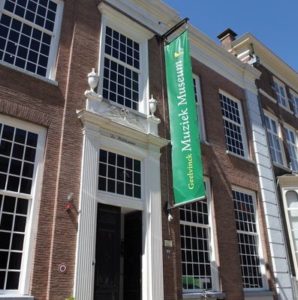
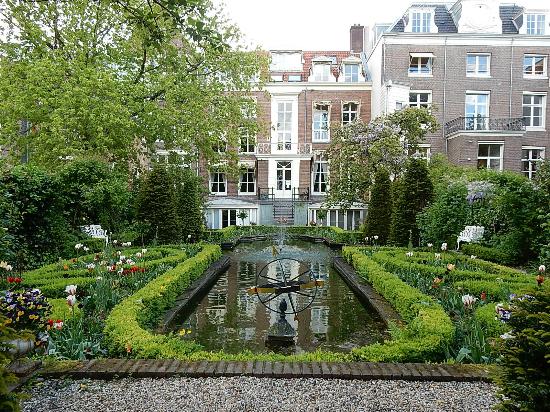
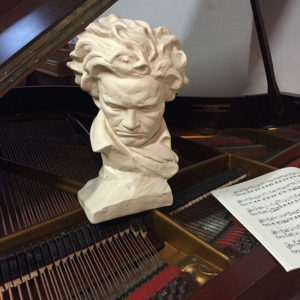
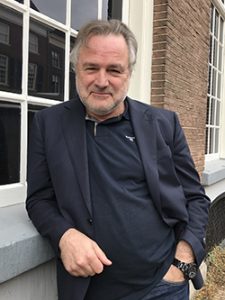
The Collection
The Sweelinck Collection of Historic Keyboard Instruments was originally a project of Rien Hasselaar, adjunct director of the Amsterdam Music Conservatory. Historic pianos were built differently and therefore have a different sound compared to modern pianos. Hasselaar believed his students should have the opportunity to hear and play these pianos too. Unfortunately, the collection received no government subsidy for conservation and so a very special collection was under threat of being locked up in a dusty attic. The Museum Geelvinck Hinlopen House, under then director Jurn Buisman, came to the rescue with an ambitious restoration project whose aim was making a portion of the collection visible and audible once again. In order to introduce the public to these antique instruments and their special sound, weekly concerts were organised at Geelvinck House.
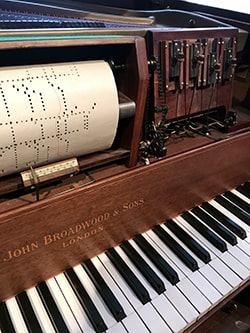


In recent years the collection has been expanded with many donations and acquisitions. One of the most talked-about instruments is a square piano that was owned by Marie Antoinette – one of 17 in her collection. Of those 17 square pianos, only two are currently known to exist today: one is in London and the other one, therefore, is here in Zutphen! The Sweelinck Collection also has many instruments that were made in Holland, for example by the Meijer brothers, who were the first piano builders in Holland. We also have two instruments (one of which is playable) built by Johannes Zumpe, the London piano builder who invented the square piano, a small-size instrument that helped popularise piano-playing. At the other end of the scale from the small charming Zumpe square piano is an impressive large-size and extremely heavy American square piano built by Steinway – one of the last that Steinway built. In the meantime, the modern upright piano turned out to be the better alternative. Old uprights in the shape of a lyre, a bookcase and even a giraffe are also part of the permanent collection. Close to the entrance is a piano with 264 keys (a modern piano has 88), and on the first floor is a piano you can play without using your hands!
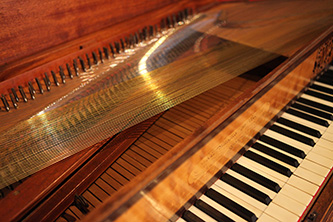
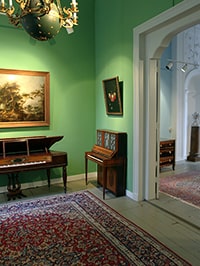
Historic Property: Zaadmarkt 88, “Huis de Wildeman”
Zaadmarkt 88 is an historic monument. No one is exactly sure when it was first built, but it probably goes back to the years 1310-1320, when the people of Zutphen realised that the threat of a Viking invasion had subsided. The half-moon defensive moat – part of the medieval ring fortifications – around the Walburgis Church (where the Groenmarkt, Houtmarkt and Zaadmarkt are now) was filled in and the town began to expand. Around 1790 the house at number 88 was given a new façade. At the beginning of the 17th century, an extension was built linking the property – ‘a residence graced with considerable living apartments’ – to its warehouse on the Rodetorenstraat. And it was it that warehouse, on the top floor, that the secret Roman-Catholic chapel was created. The chapel is still there today, and just as it was then only accessible by a small circular wooden staircase in the warehouse.
Forced to leave Zutphen
In 2019 the Music Museum was forced to leave Zutphen.
More background information is available in the press release.
Geelvinck Music Museums
Geelvinck Music Museums is a broad organisation with two museums and many (musical) activities under its wing. Every year we organise the Geelvinck Fortepiano Festival which includes a competition and successful ‘walking concerts’. We also organise concerts at other venues outside the two museums, for many years these were held in Amsterdam at Cromhout House, the former Bible museum.
‘Mr Goldfinch’
Albert Geelvinck was a wealthy Amsterdam merchant who had a mansion house built on Amsterdam’s canals in 1687. His ‘town palace’ consisted of the stately great-house on the Herengracht, a carriage house with entrance on the Keizersgracht, and a large garden connecting the two. For many years, the Museum Geelvinck Hinlopen House Foundation made this impressive ‘city palace’ accessible to the public. The yearly highpoint was always Amsterdam Open Garden Days, when almost two thousand people came to take a look at the fantastic formal gardens – at the time it was created the largest private garden in Amsterdam. The Museum maintained its activities there until the end of 2016, with wonderful concerts and successful special exhibitions. At the beginning of 2017, the organisation and a portion of the collection moved to Zutphen, and the name Geelvinck went too. Hence the name.



